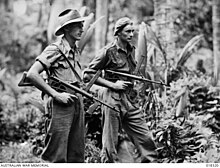
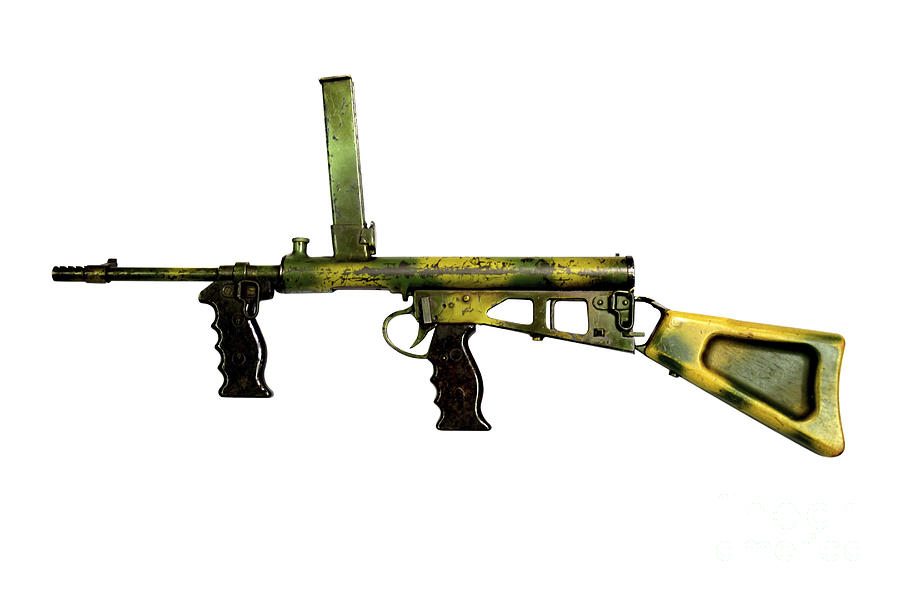
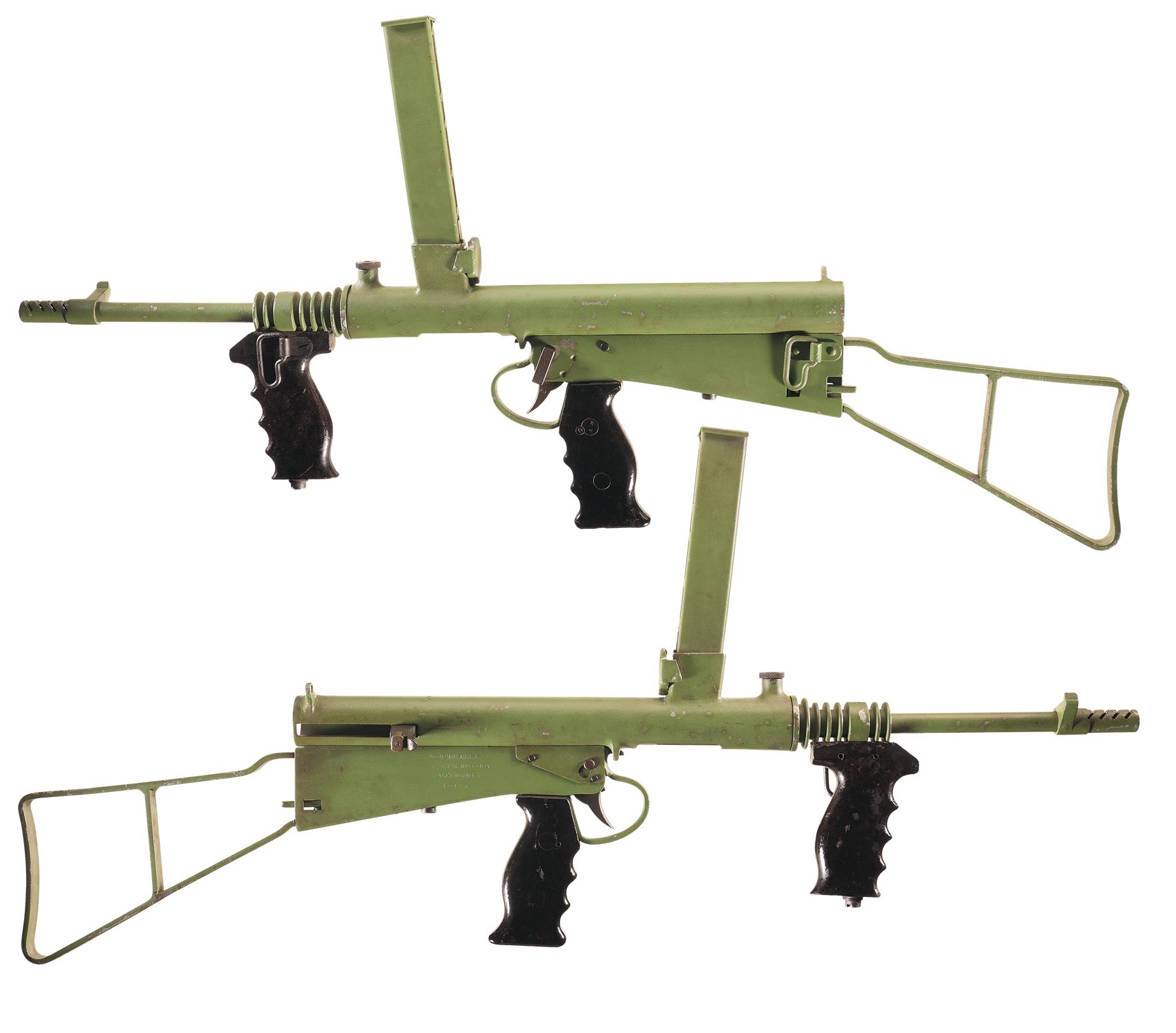




 Here is the Designer of this strange looking but effective SMG
Here is the Designer of this strange looking but effective SMG
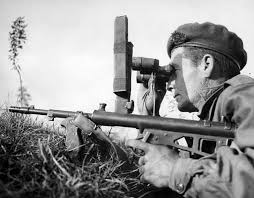
Owen, an inventor from Wollongong, was 24 years old in July 1939 when he demonstrated his prototype .22 calibre “Machine Carbine” to Australian Army ordnance officers at Victoria Barracks in Sydney.
The gun was rejected for two reasons. The first was because the Australian army, at the time, did not recognise the value of submachine guns.
The second was the basic construction of the prototype was completely unsuited as a military weapon, especially as it lacked a proper trigger or any safety device, was of small calibre, and the “magazine” was effectively a giant revolver cylinder which could not be exchanged to reload.
Following the outbreak of war, Owen joined the Australian Army as a private.

Private Evelyn Owen Circa 1941

Gen. Sir Harry Chauvel lined up with a group of officers for practice with an Owen gun
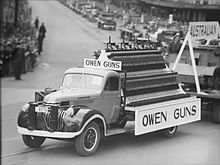
Christmas parade in Sydney, 1942
In September 1940, Owen’s neighbour, Vincent Wardell, discovered Owen’s prototype in a sugar bag.
Wardell was manager of a large steel products factory at Port Kembla. He showed it to Owen’s father who was distressed at his son’s carelessness, but explained the history of the weapon.
Wardell was impressed by the simplicity of Owen’s design. Wardell arranged to have Owen transferred to the Army Inventions Board, to re-commence work on the gun.
The army continued to view the weapon in a negative light, but the government took an increasingly favourable view.
The prototype was equipped with a “magazine” which consisted of a steel ring drilled with holes for .22 cartridges, and this was revolved through the action using the power of a gramophone spring. This arrangement later gave way to a top-mounted box magazine. This better allowed shooting while prone.
The choice of calibre took some time to be settled. As large quantities of Colt .45 ACP cartridges were available; it was decided to adopt the Owen Gun for it.
Official trials were organised, and the John Lysaght factory made three versions in 9×19mm, .38-200 and .45 ACP. Sten and Thompson submachine guns were used as benchmarks.
As part of the testing, all of the guns were immersed in mud and covered with sand to simulate the harshest environments in which they would be used.
The Owen was the only gun that still operated after the treatment. Although the test showed the Owen’s capability, the army could not decide on a calibre, and it was only after intervention from the higher levels of government that the army ordered the 9×19mm variant.
During the gun’s life, its reliability earned it the nickname “Digger‘s Darling” by Australian troops and it was rumoured to be highly favoured by US troops. General Douglas MacArthur proposed placing an order for some 45,000.
Production and use
The Owen went into production at the John Lysaght factories at Port Kembla and Newcastle.
Between March 1942 and February 1943, Lysaght’s produced 28,000 Owen Guns. However, the initial batch of ammunition turned out to be the wrong type and 10,000 of the guns could not be supplied with ammunition.
Once again the government overrode military bureaucracy, and took the ammunition through the final production stages and into the hands of Australian troops, at that time fighting Japanese forces in New Guinea.
Approximately 45,000 Owens were produced from 1942 to 1944.[1] During the war the average cost to manufacture the Owen submachine gun was $30.[2]
Although it was somewhat bulky, the Owen became very popular with soldiers because of its reliability. It was so successful that it was also ordered by the United States and New Zealand.
New Zealanders fighting in the Guadacanaland Solomon Islands campaigns swapped their Thompson submachine guns for Owens, as they found the Australian weapons to be more reliable.[4]
The Owen was later used by Australian troops in the Korean and Vietnam Wars,[5] particularly the scouts in infantry sections. It remained a standard weapon of the Australian Army until the mid-1960s, when it was replaced by the F1 submachine gun.
Design
The Owen has a simple blowback design, firing from an open bolt. It was designed to be fired either from the shoulder or the hip.
It is easily recognisable, owing to its unconventional appearance, including the top-mounted magazine, and the side-mounted sight required to allow the firer to aim past it.
The placement of the magazine allows gravity to assist the magazine spring in pushing cartridges down to the breech, which improves feeding reliability.
Another unusual feature is the separate compartment inside the receiver, which isolates the small-diameter bolt from its retracting handle by means of a small bulkhead.
This prevents dirt and mud from jamming the bolt, and makes the Owen a highly reliable weapon. Foreign dirt entering the gun would collect at the back of the receiver, where it will drain out or be expelled through a small opening.
When tested, the Owen gun was able to continue firing despite being dipped in mud and drenched with sand, while a Sten gun and a Thompson also tested stopped functioning at once.[6]
In jungle warfare where both mud and sand were frequent problems, the Owen gun was highly regarded by the soldiers.[7]
To facilitate cleaning, the ejector is built into the magazine, rather than the body of the gun. This allows the barrel to be removed rapidly, by pulling up a spring-loaded plunger in front of the magazine housing.
After removing the barrel, the bolt and return spring are removed in a forward direction, completely dismantling the gun. Like the Sten, and Austen, the Owen had a non-folding wire buttstock, but also had pistol grips.
Two horseshoe magazines were constructed in the field, of 60 and 72 rounds. Little information exists as to the success of these experiments.[8]
In 2004, an “underground weapons factory” was seized in Melbourne, Australia, yielding, among other things, a number of silenced copies of the Owen submachine gun.
These had magazines inserted underneath rather than overhead, and were suspected of having been built for sale to local gangs involved in the illegal drug trade.[9]
Users
References[edit]
- Jump up^ Bardwell, James O. (1995). “The Owen Gun”. Machine Guns News (4).
- Jump up^ “Submachine Gun Becomes Pistol by Detaching Butt.” Popular Mechanics, November 1945, p. 75.
- ^ Jump up to:a b c “Owen SMG (Owen Machine Carbine)”. militaryfactory.com. Retrieved 2013-05-02.
- Jump up^ Larsen, Colin R. (1946). “Chapter XII — Guadalcanal”. Pacific Commandos: New Zealanders and Fijians in Action. A history of Southern Independent Commando and First Commando Fiji Guerrillas. Wellington: Reed Publishing. pp. 93–103.
- Jump up^ “Kokoda Track Tours – Home”. Kokoda Historical. Retrieved 2012-11-19.
- Jump up^ “Owen Machine Carbine vs MP 40 and STEN Submachine Gun (1943)” on YouTube
- Jump up^ Barber, Graeme. “Owen and Austen – The WW 2 ‘Aussie’ Machine Carbine Story”. Mainland Arms. Retrieved 24 July 2014.
- Jump up^ “History of the Owen Machine Carbine (OMC)”. diggerhistory.info. Archived from the original on 13 March 2011. Retrieved 19 November 2012.
- Jump up^ Brendan Nicholson, Daniel Ziffer (23 July 2004). “Submachine-guns found in weapons factory”. The Age. Melbourne.
- Jump up^ McNab, Chris (2002). 20th Century Military Uniforms (2nd ed.). Kent: Grange Books. ISBN 1-84013-476-3.
- Jump up^ Scarlata, Paul (20 April 2009). “Small Arms of the Koninlijk Nederlands-Indisch Leger, Part 2”. Shotgun News.
- Jump up^ Small Arms (Museum exhibit), Saxonwold, Johannesburg: South African National Museum of Military History, 2012
Further reading[edit]
External links[edit]
 |
Wikimedia Commons has media related to Owen gun. |

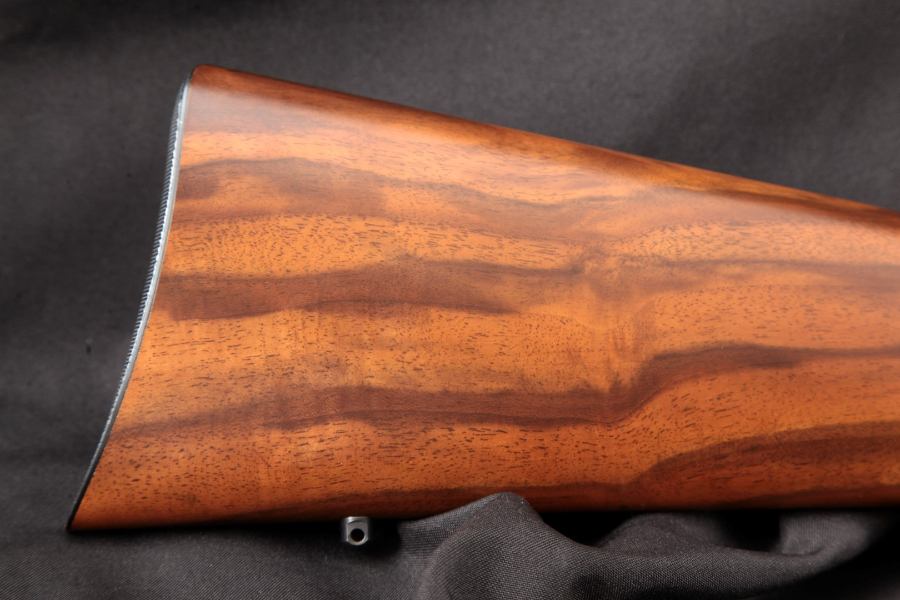

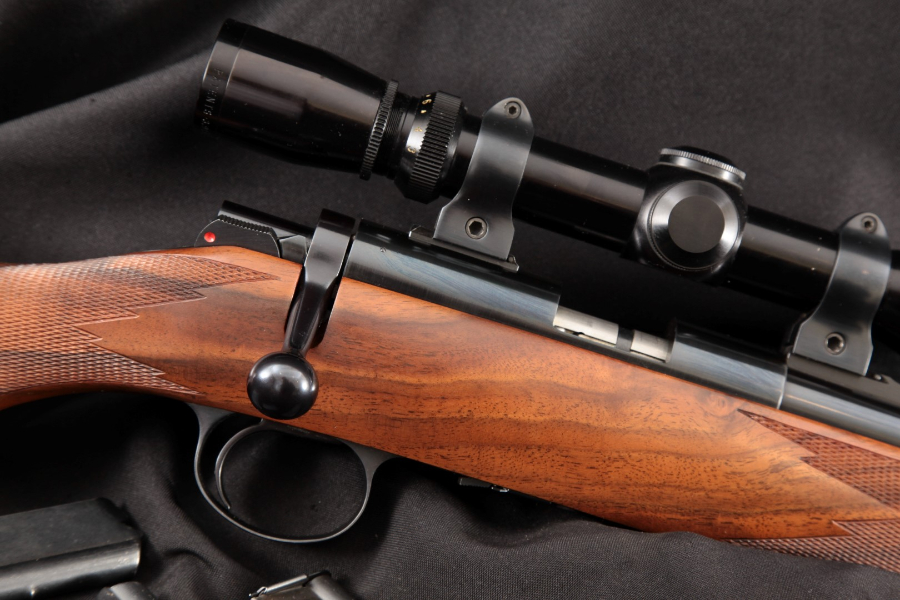
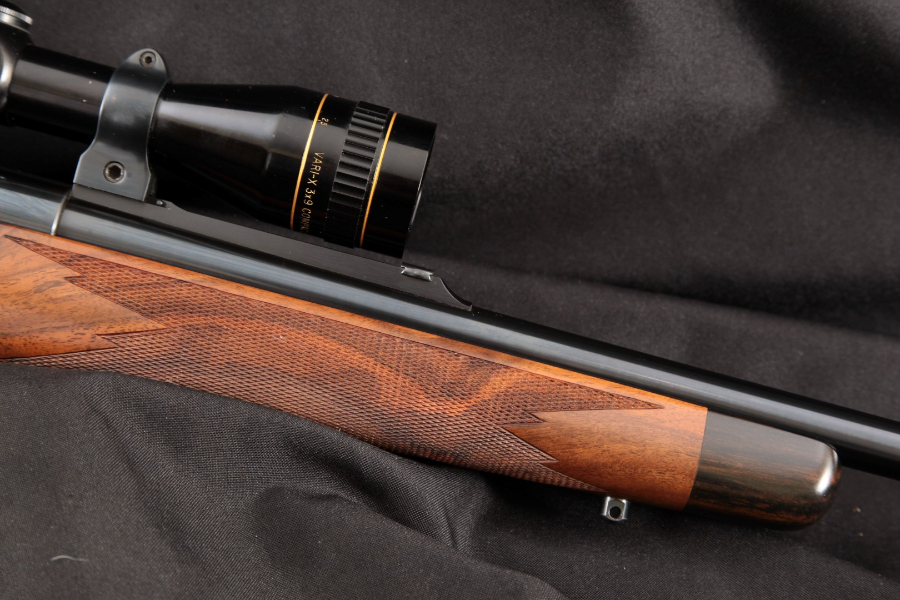
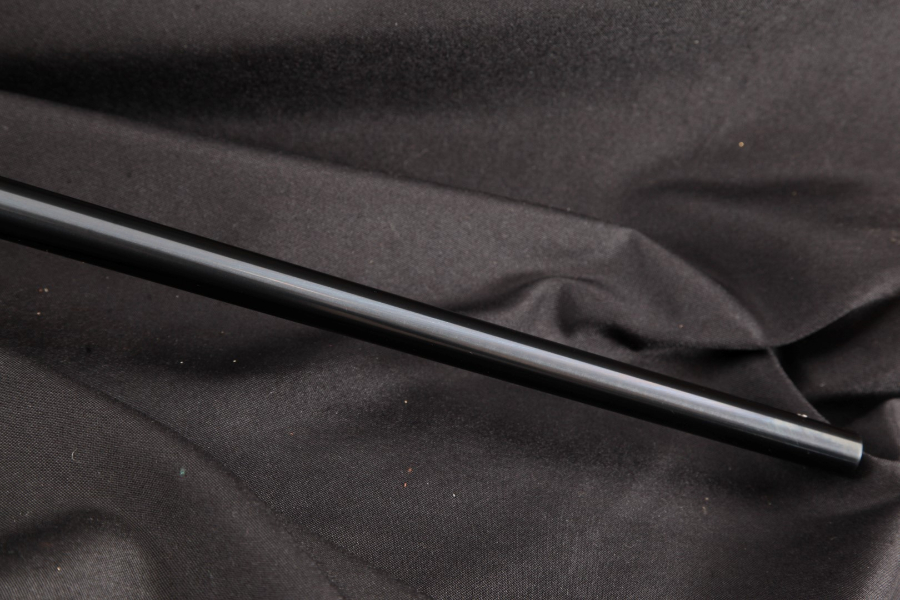
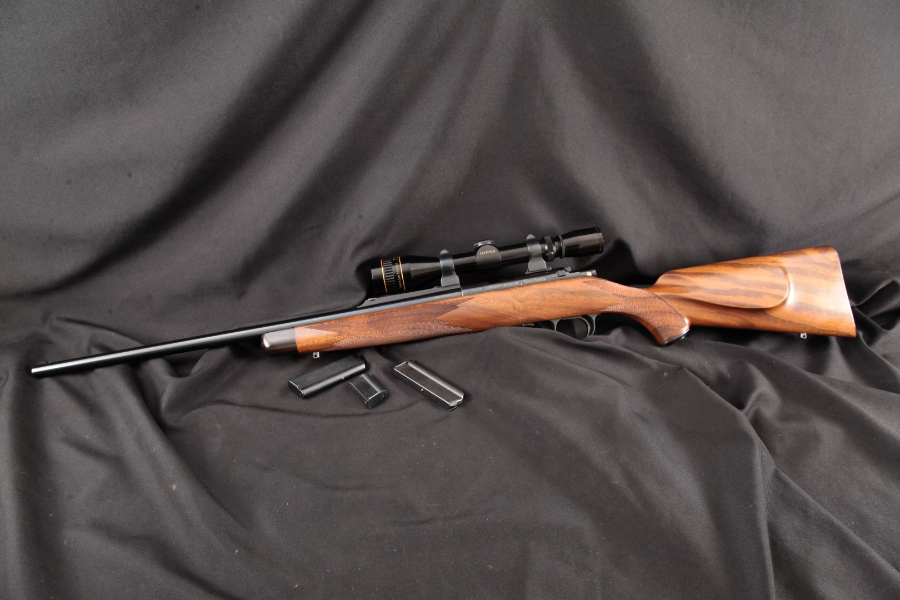
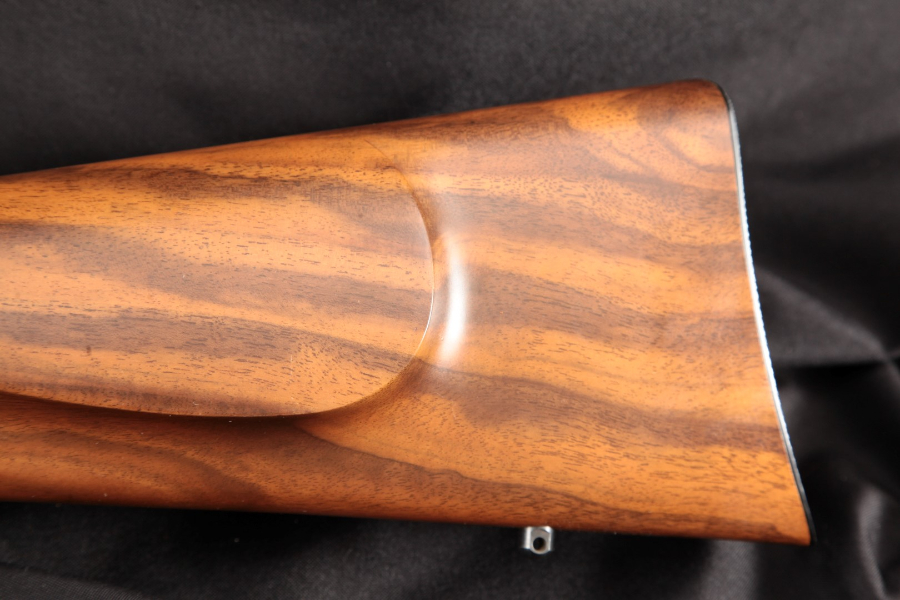
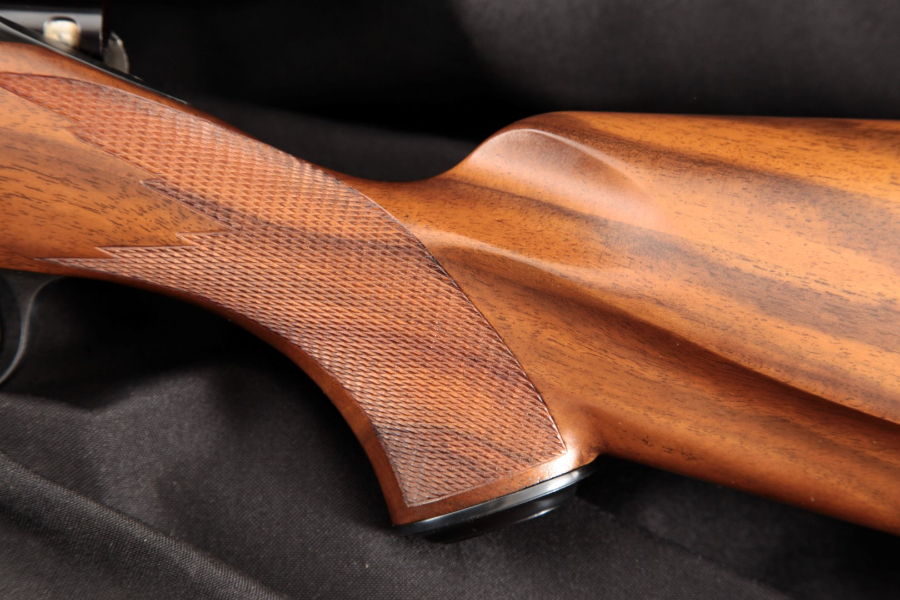
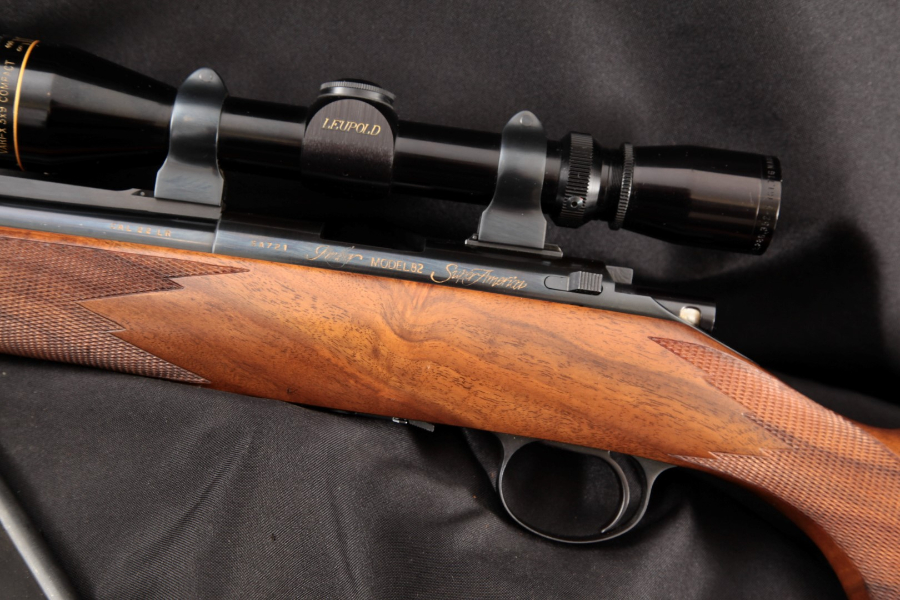

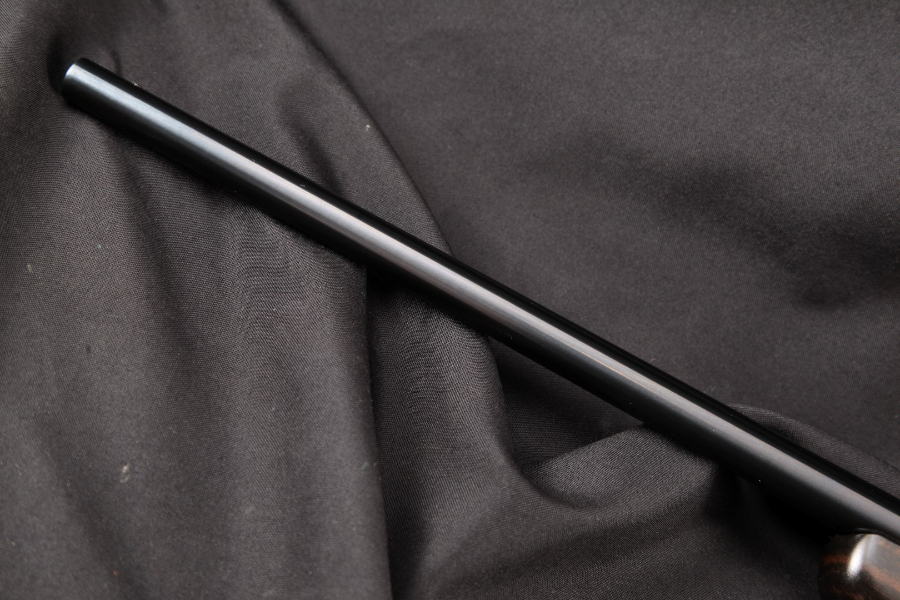
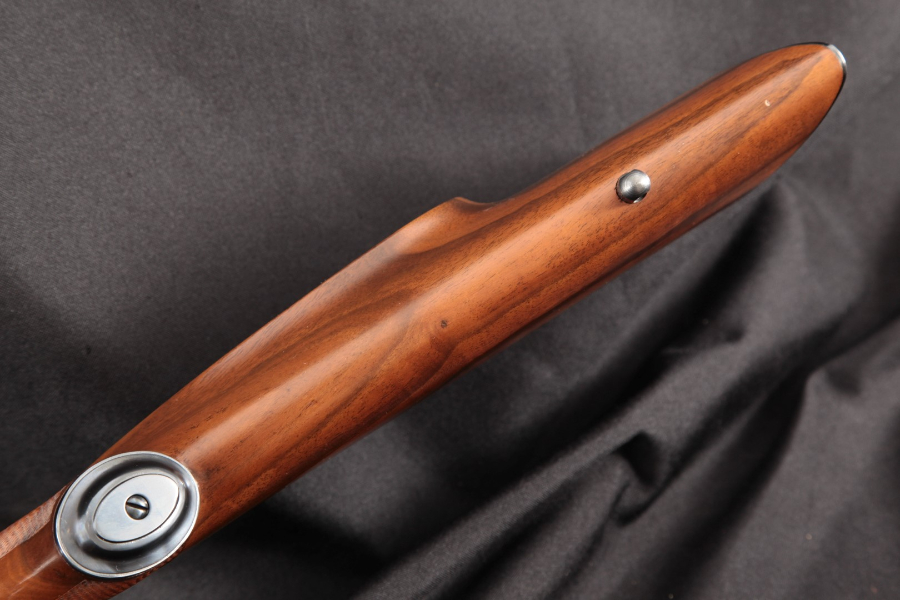

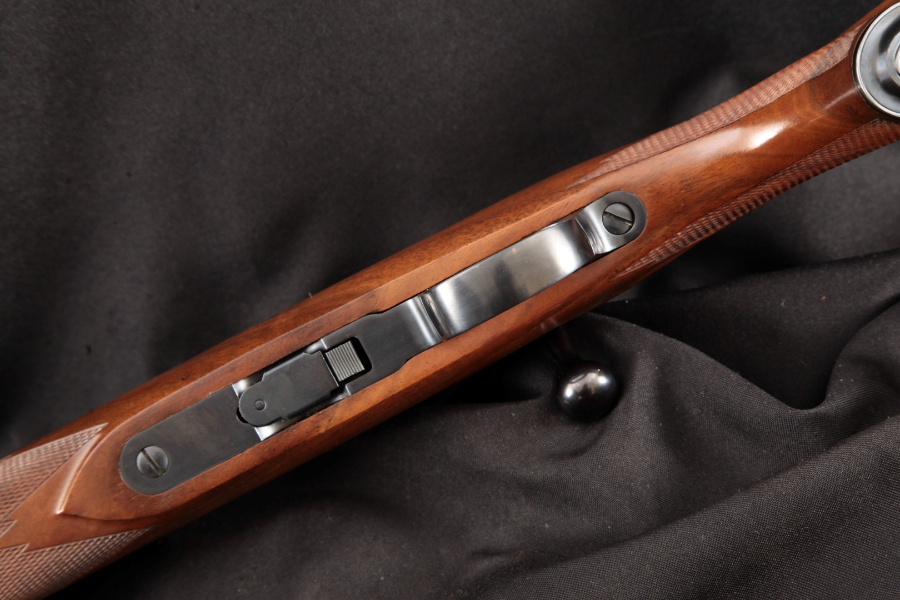
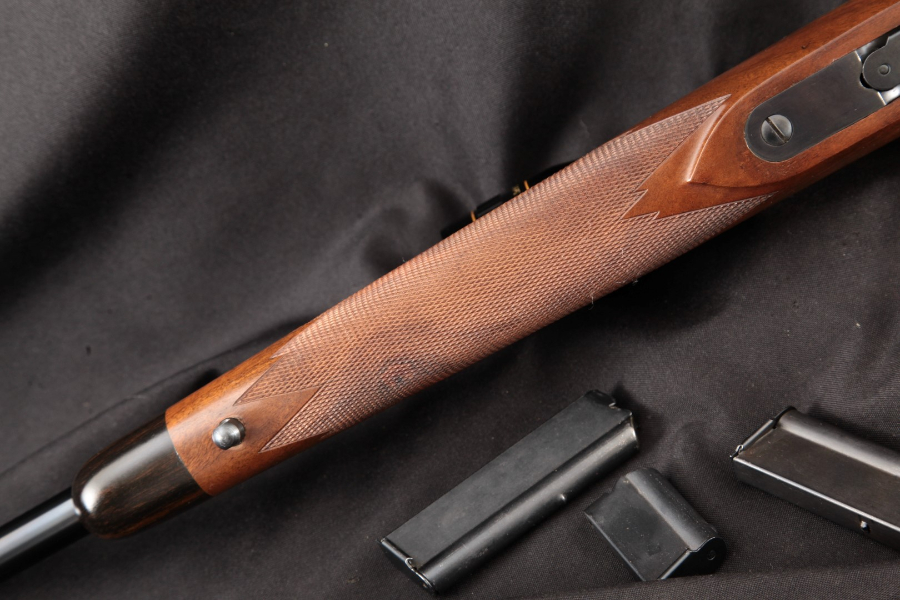
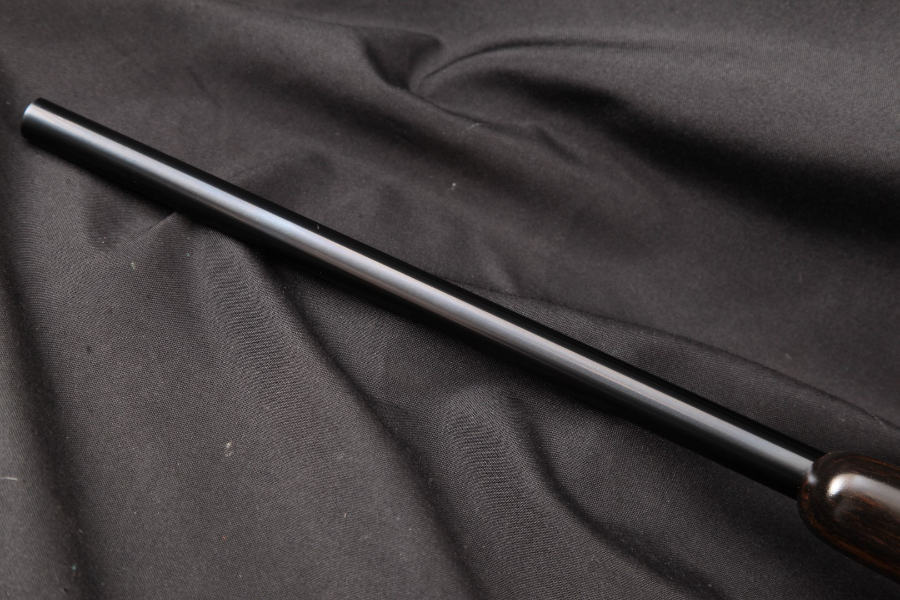
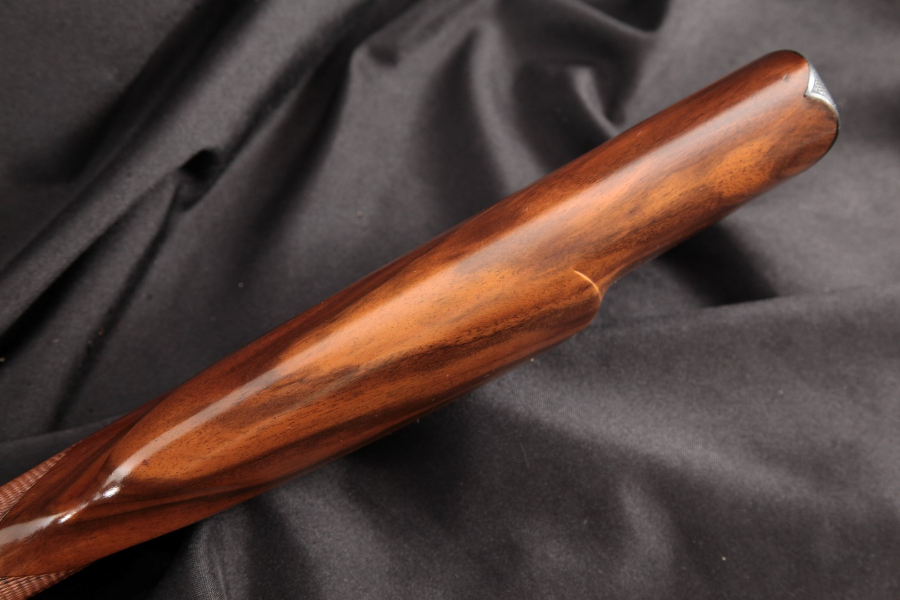

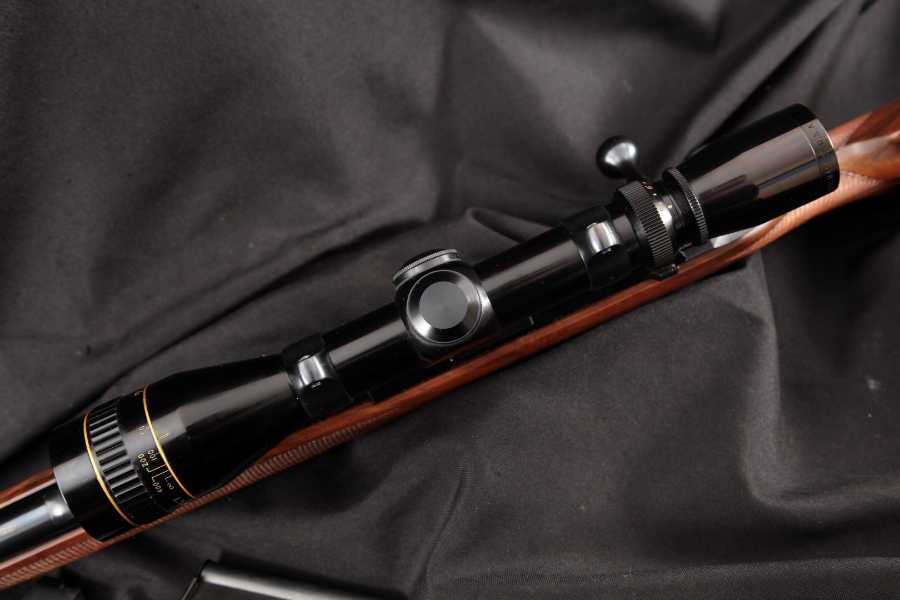
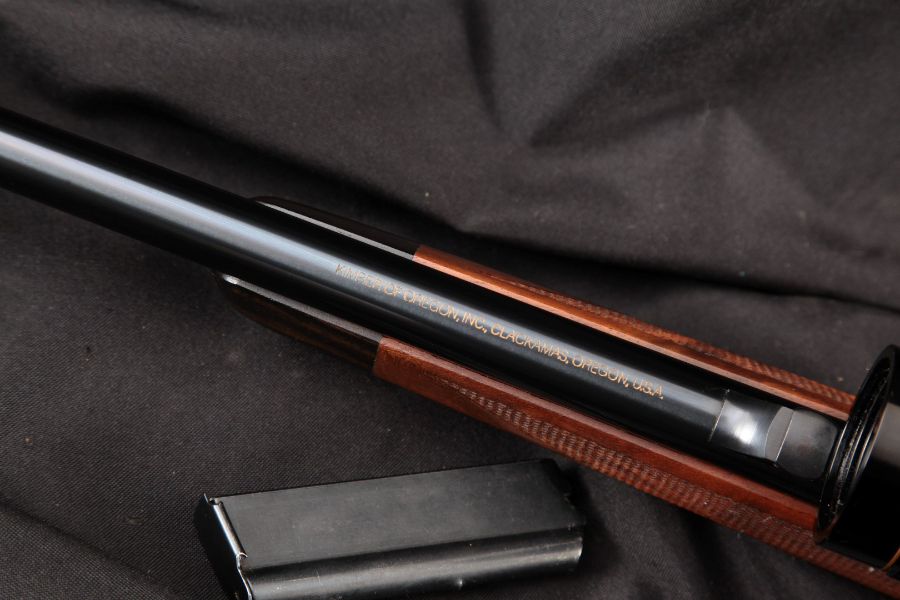
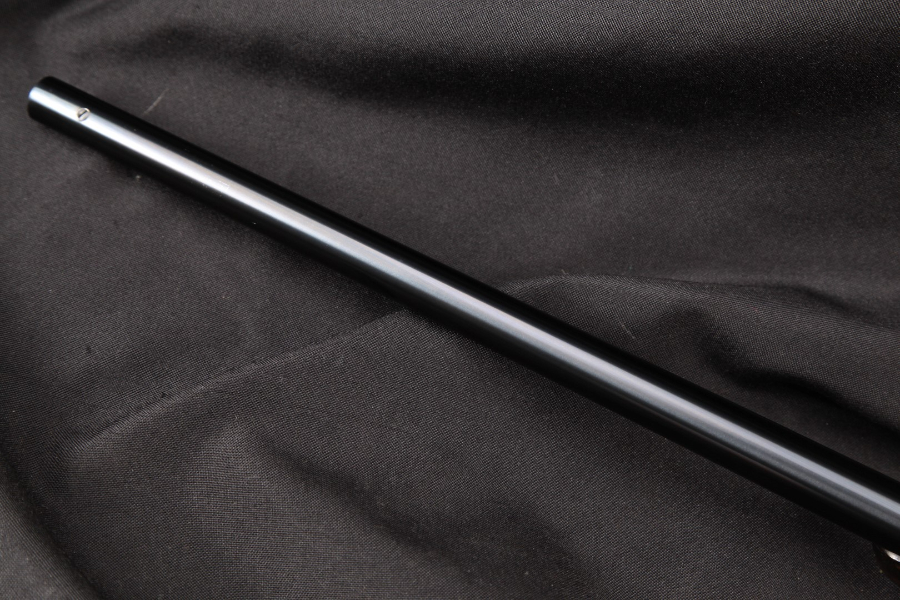
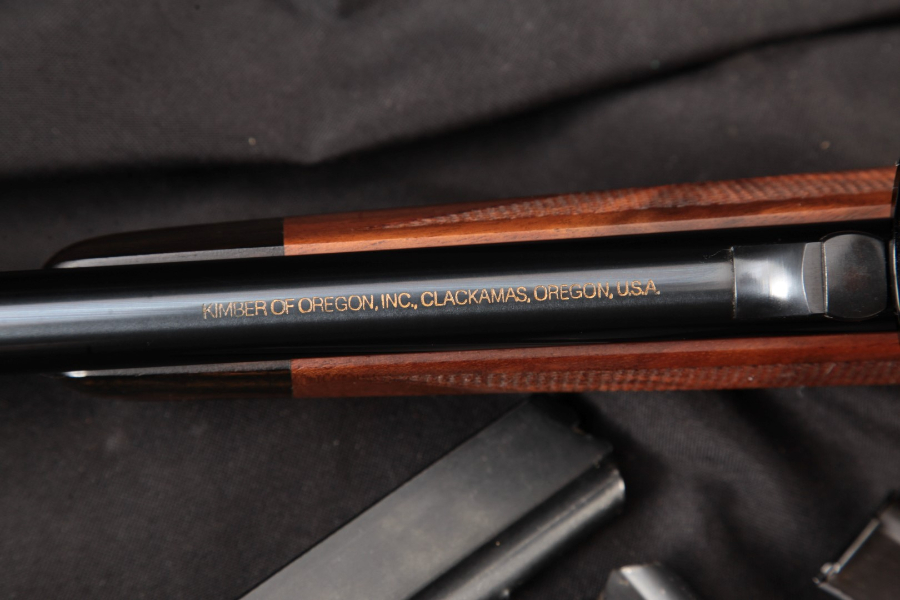
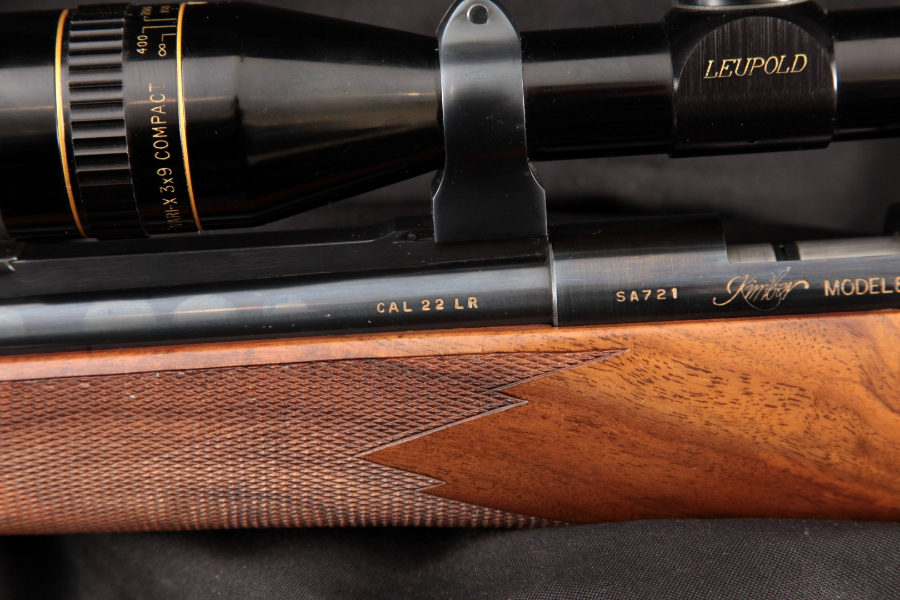
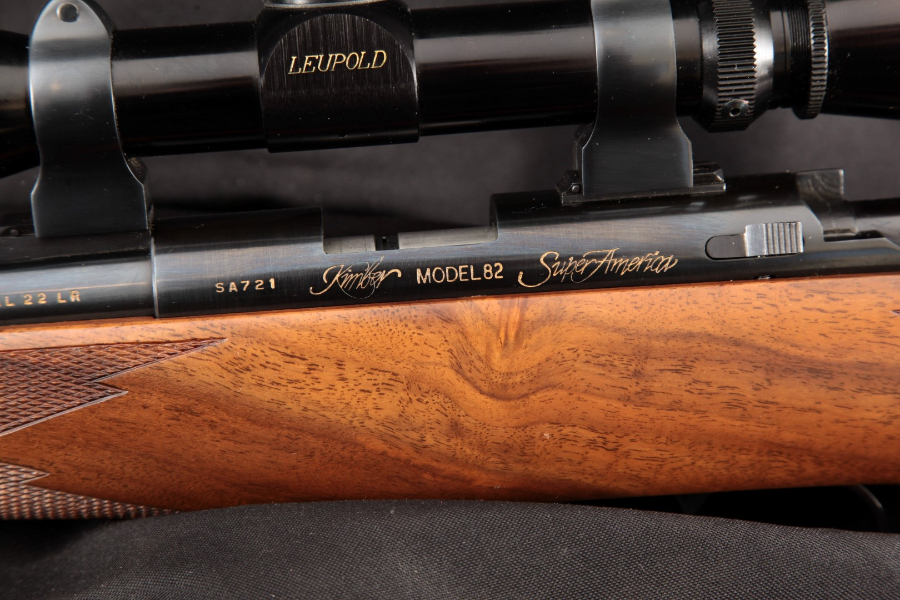
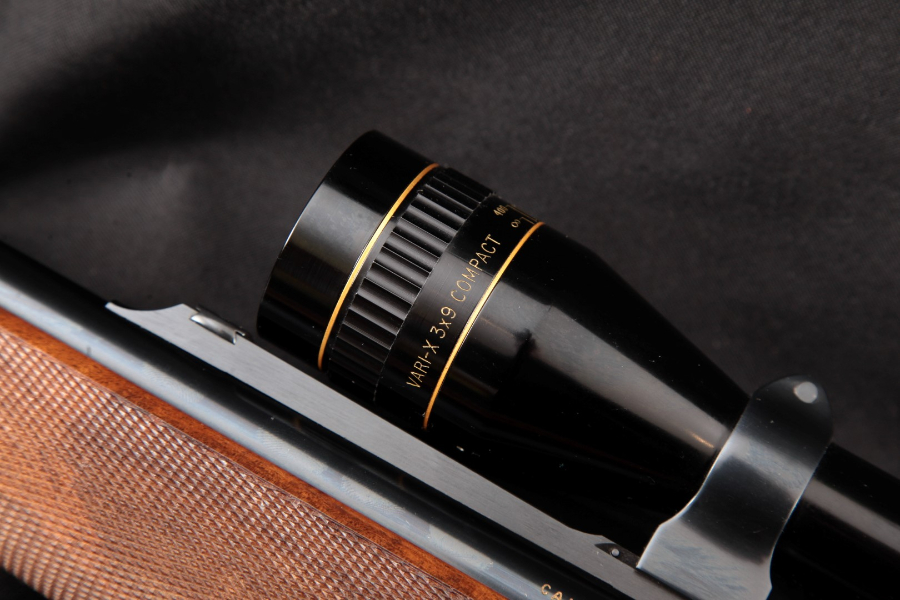
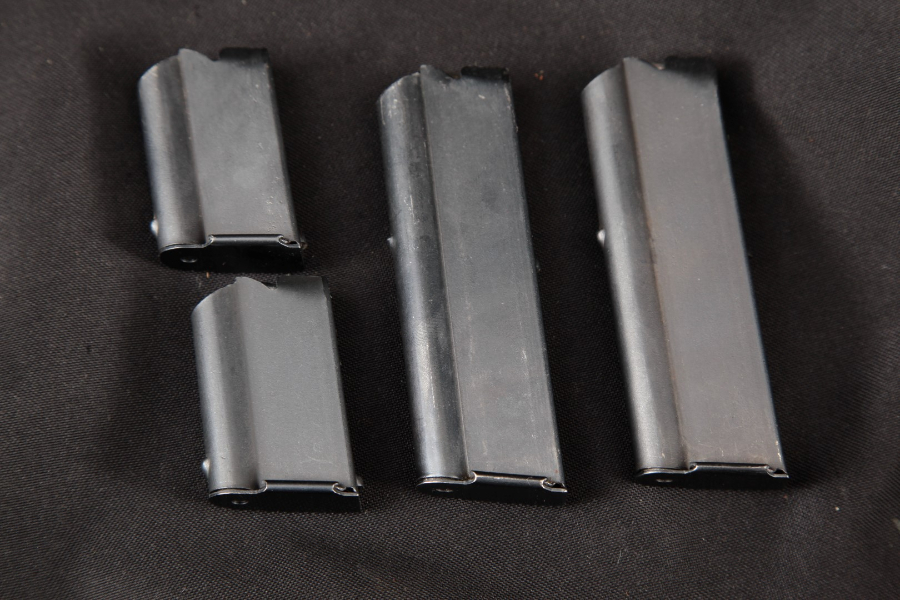
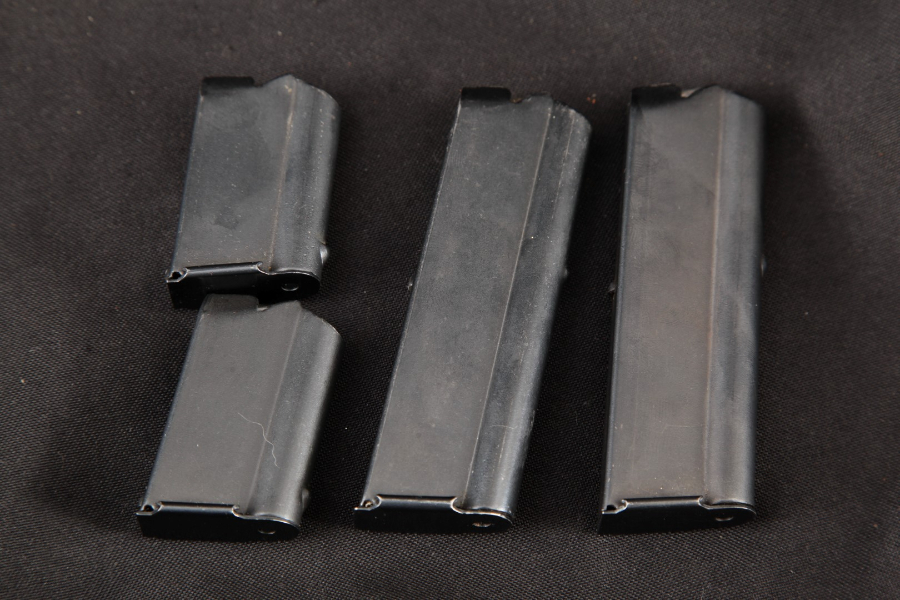
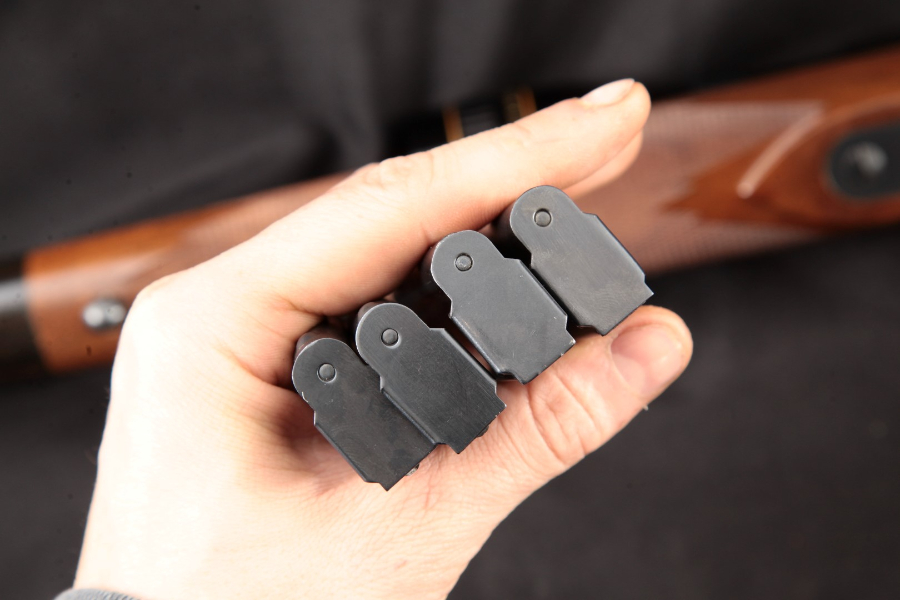

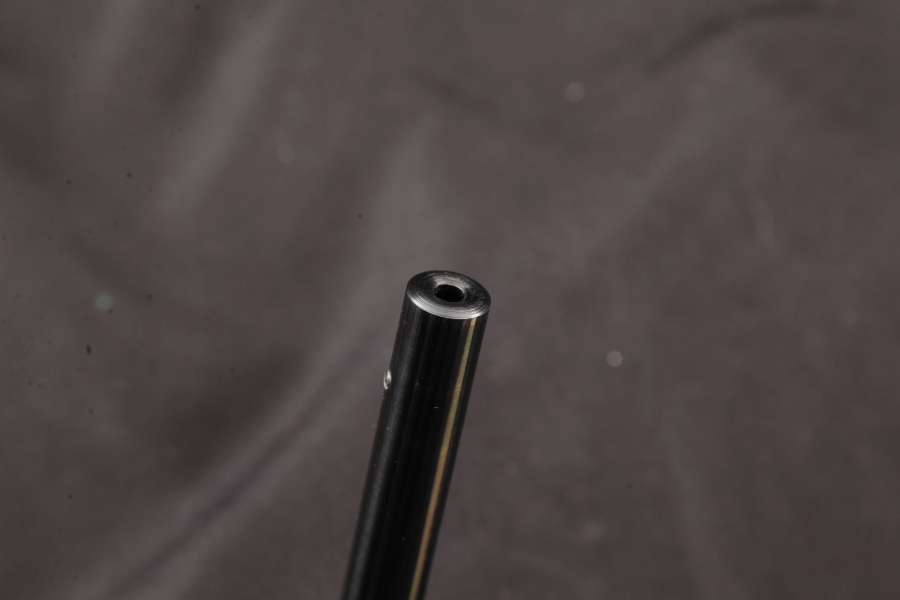
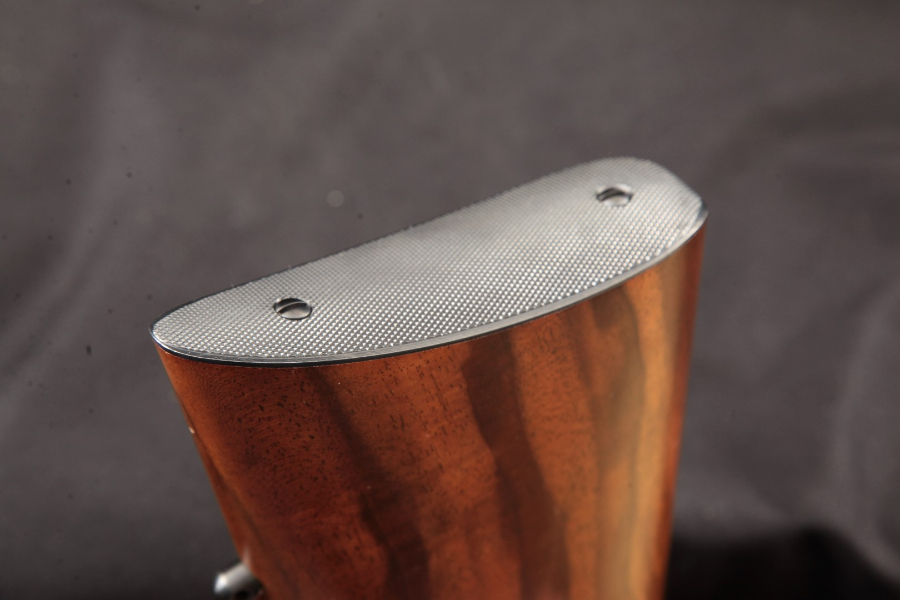









 Here is the Designer of this strange looking but effective SMG
Here is the Designer of this strange looking but effective SMG


